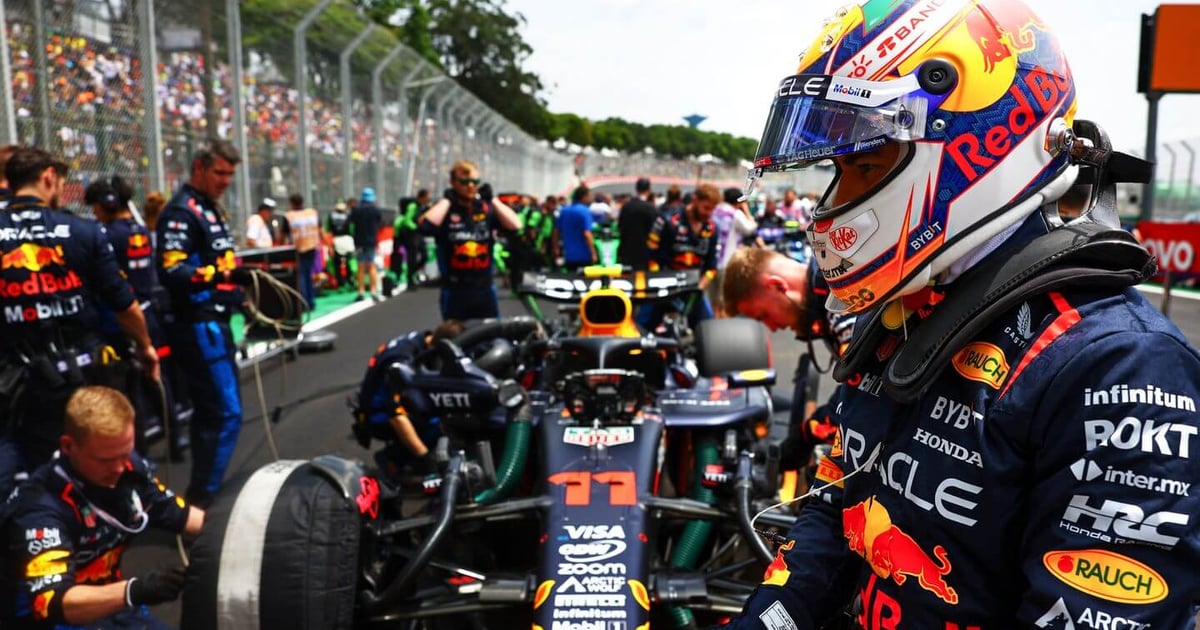Constructed before World War II, Brazil’s Autódromo José Carlos Pace, commonly known as Interlagos, still holds onto its original charm.
The circuit starts with banked curves, a quality featured among many pre-WWII tracks, as the drivers push through the Senna S (Turns 1-2) and launch into a DRS zone at the exit of Turn 3 and heading towards Turn 4. Sector Two (Turns 4-11) is fairly snake-like, and the lap ends on a banked final turn. The track designers drew inspiration from a trio of now-defunct circuits: UK’s Brooklands, France’s Montlhéry and New York’s Roosevelt Raceway.
A permanent track started being constructed in 1938. And though it was inaugurated in November 1939, weather prevented a race from actually taking place. For a few decades, racing took place before the circuit closed its doors at the end of 1967 to undergo extensive renovations and reopened in 1970.
Formula One didn’t enter the picture until 1972 with a non-championship event before Brazil joined the calendar a year later — and home hero Emerson Fittipaldi walked away victorious. However, during the 1980s, the circuit lost F1 due to the city council’s reluctance to invest in the safety changes needed for the sport. Rio de Janeiro kept F1 for several years until the city couldn’t afford it, and the sport returned to São Paulo in the 1990s.
With that brief history lesson under your belt, here are the details you need to know about Brazil’s hilly permanent track.
GO FURTHER
F1 Brazil GP circuit breakdown: Snake-like Interlagos throws a twist at drivers

